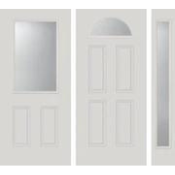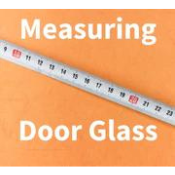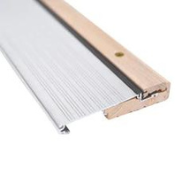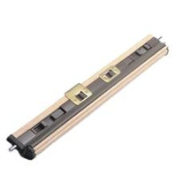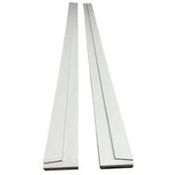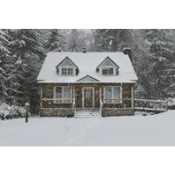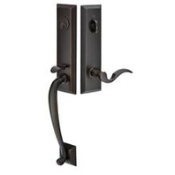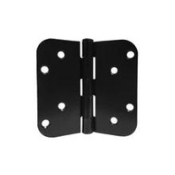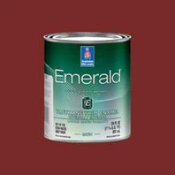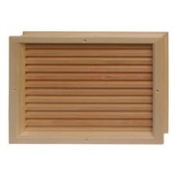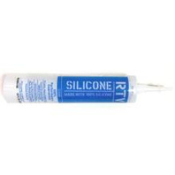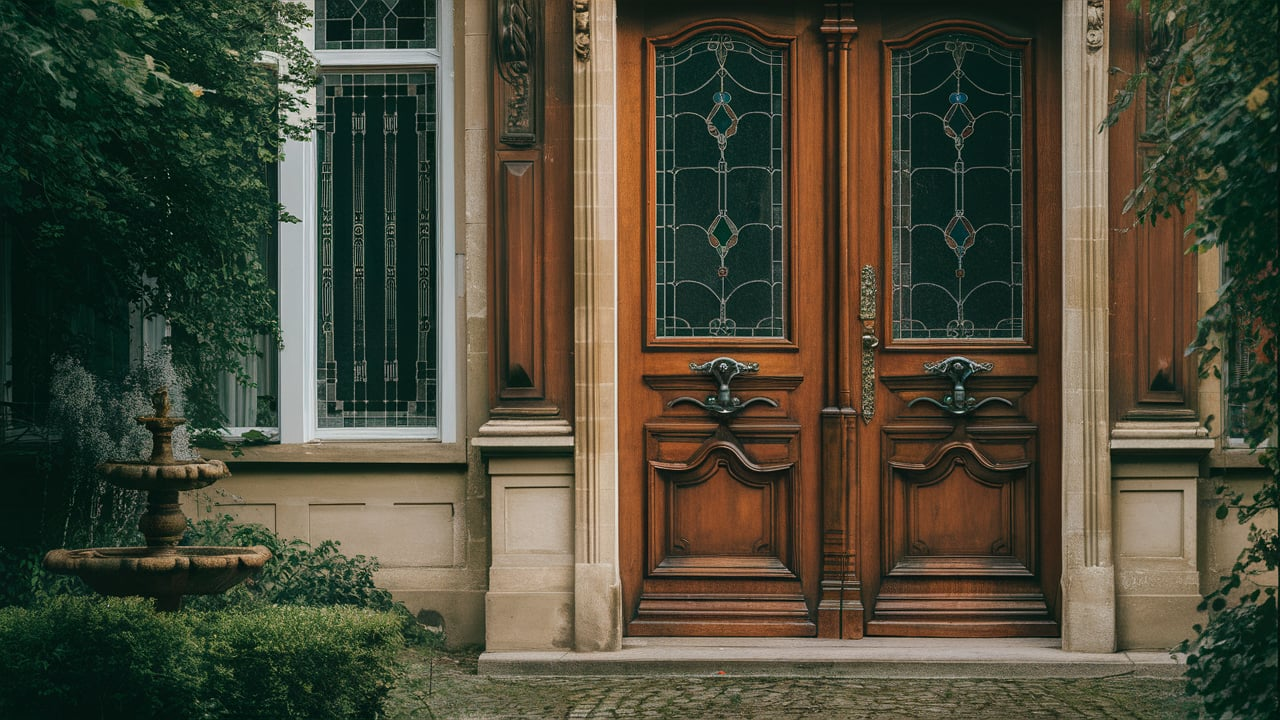
The Front Doors for Home is more than just an entry point; it's a statement of style and a reflection of the architectural essence of the house. Historical front door designs, such as Victorian, Colonial, Georgian, Edwardian, and Craftsman, bring a timeless elegance that can be seamlessly integrated into modern homes. This guide explores popular historical front door styles, how they can be adapted to contemporary settings, the materials and finishes that maintain historical accuracy, and the lasting appeal of vintage front doors.
Key Takeaways
- Historical front door designs add character and historical significance to modern homes.
- Popular styles include Victorian, Colonial, Georgian, Edwardian, and Craftsman, each with unique characteristics.
- Blending historical designs with modern functionality requires careful consideration of materials and finishes.
- Wood, metal accents, and appropriate paint or stain finishes are crucial for achieving historical accuracy.
- Investing in a historically accurate front door can enhance property value and aesthetic appeal.
Popular historical front door styles: Victorian, Colonial, etc.
Exploring different styles of vintage front doors reveals a variety of unique characters and histories. Each style offers a distinct charm that can enhance the entrance of any home. Here are some notable examples:
-
Victorian front doors: Elegance and grandeur
Victorian door designs are distinguished by their ornate details, including stained glass inserts and elaborate woodwork. These doors often feature vibrant colors and high craftsmanship, reflecting the elegance of the Victorian era. They are usually made of wood and are best suited for historic or Victorian-style homes, offering a grand entrance that mirrors the period’s sophistication.
-
Colonial front doors: Simplicity and symmetry
Colonial front doors are known for their simplicity and symmetry. The six-panel door was so ubiquitous that it is often called a Colonial door. It remains the most common pattern for raised-panel doors today. These doors typically feature a straightforward design with minimal ornamentation, making them a timeless choice for many homes.
-
Other notable styles: Georgian, Edwardian, and Craftsman
- Georgian Doors: Characterized by their paneled designs and often featuring a decorative crown or pediment above the door.
- Edwardian Doors: These doors blend elements of Victorian and modern styles, often featuring stained glass and intricate woodwork.
- Craftsman Doors: Known for their handcrafted quality, these doors often include glass panes in the upper third of the door and emphasize natural materials and simplicity.
Adapting historical designs to modern homes
When it comes to historical design adaptation, blending old and new elements requires a thoughtful approach. It's essential to maintain the unique architectural style of your vintage home while incorporating modern conveniences. This balance ensures that the charm and character of the original design are preserved.
Adapting historical designs to suit modern houses involves several steps:
- Assess the existing architecture: Understand the key features of your home's historical design.
- Identify modern needs: Determine what modern functionalities you need to incorporate, such as improved insulation or security features.
- Select compatible materials: Choose materials that match the original design but offer modern benefits.
- Consult experts: Work with architects or designers who specialize in historical design adaptation.
There are numerous examples of successful adaptations of historical designs in modern homes. These case studies highlight how vintage home features can be seamlessly integrated into contemporary settings, enhancing both aesthetics and functionality. For instance, craftsman front doors display intricate details and timeless appeal, showcasing craftsmanship and beauty to elevate your home.
Materials and finishes that reflect historical accuracy

When it comes to selecting materials and finishes for historical front doors, door experts say that authenticity is key. The right choices can make a significant difference in achieving a historically accurate look that enhances the overall aesthetic of your home.
-
Wood: The timeless choice
Wood has always been a popular choice for front doors due to its natural beauty and versatility. It can be crafted from various types of wood, each offering unique grain patterns and durability. Regular maintenance, including cleaning, sanding, and refinishing, is required to preserve the wood's appearance and protect it from moisture and rot. Customization options include different finishes, stains, and hardware accents to match the architectural style of the home.
-
Metal accents: Brass, bronze, and iron
Metal accents can add a touch of elegance and historical accuracy to your front door. Brass, bronze, and iron are commonly used materials that not only provide durability but also enhance the door's aesthetic appeal. These metals can be used for handles, knockers, and other decorative elements, offering a range of finishes from polished to antique.
-
Paint and stain finishes: Achieving the perfect look
Selecting the right paint or stain finish is crucial for achieving a historically accurate look. Historically accurate pigments can create a pleasing and cohesive look, while contrasting tones can make a bold statement. For example, a forest green door on a Colonial-style home can add a touch of authenticity and charm. The choice of finish can also affect the door's durability and maintenance requirements, so it's important to choose wisely.
The timeless appeal of vintage front doors
Vintage doors boast an aesthetic appeal and exceptional durability, meticulously crafted from solid wood, engineered wood, or composite materials for enduring quality. When matched with historical architecture, these doors not only enhance the visual harmony of your home but also preserve its historical integrity. This alignment can make a significant difference in the overall curb appeal and value of your property.
The charm of vintage front doors often lies in the small details. Elements such as intricate carvings, period-appropriate hardware, and authentic finishes can transform a simple entryway into a grand entrance. These details, though subtle, have a lasting impact on the overall aesthetic and feel of your home, making it stand out in the neighborhood.
Investing in a vintage front door is not just about aesthetics; it's also a smart financial decision. These doors are incredibly durable and can withstand the test of time, reducing the need for frequent replacements. Moreover, a well-chosen vintage door can significantly boost your property's value, making it a worthwhile investment for any homeowner.
The timeless appeal of vintage front doors lies in their unique charm and character, making them a perfect addition to any home. Whether you're looking to restore an old door or find a new one with a vintage look, our selection has something for everyone. Visit Peasedoorsto explore our range of top-quality doors and accessories, and let us help you make a statement with your entryway.
Conclusion: Bringing the Past to the Present with Historical Designs
Incorporating historical front door designs into modern homes is more than just a trend; it's a celebration of timeless elegance and craftsmanship. By carefully selecting styles that complement your home's architecture, you can create an entryway that not only stands out but also tells a story of heritage and tradition. Whether you opt for the intricate details of a Victorian door or the sturdy simplicity of a Colonial design, the right choice can enhance your home's curb appeal and value. Remember, the key is to balance historical accuracy with modern functionality, using materials and finishes that honor the past while meeting today's standards. Embrace the charm and character of historical designs, and let your front door be a testament to the enduring beauty of architectural history.
Frequently Asked Questions
1. What are the key characteristics of Victorian front doors?
Victorian front doors are known for their elegance and grandeur. They often feature intricate carvings, stained glass panels, and bold colors that reflect the opulence of the Victorian era.
2. How can I blend historical front door designs with modern home aesthetics?
Blending historical front door designs with modern aesthetics involves balancing traditional elements with contemporary features. Consider using modern materials or finishes while retaining classic design elements to create a harmonious look.
3. What materials are commonly used for historical front doors?
Wood is the most common material used for historical front doors due to its timeless appeal. Metal accents like brass, bronze, and iron are also frequently used to add character and authenticity.
4. Why is it important to match front doors with historical architecture?
Matching front doors with historical architecture preserves the aesthetic integrity and charm of the home. It ensures that the door complements the overall design and enhances the property's historical value.
5. Can historical front doors improve property value?
Yes, investing in a vintage or historically accurate front door can boost your property's value. These doors add unique character and appeal, making the home more attractive to potential buyers.
6. What are some examples of successful adaptations of historical front door designs in modern homes?
Successful adaptations often involve customizing historical designs for modern functionality. Examples include incorporating energy-efficient materials, modern locking systems, and weather-resistant finishes while maintaining the door's classic look.


